Ketubah (Venice)
Artist Unknown
1707
Image
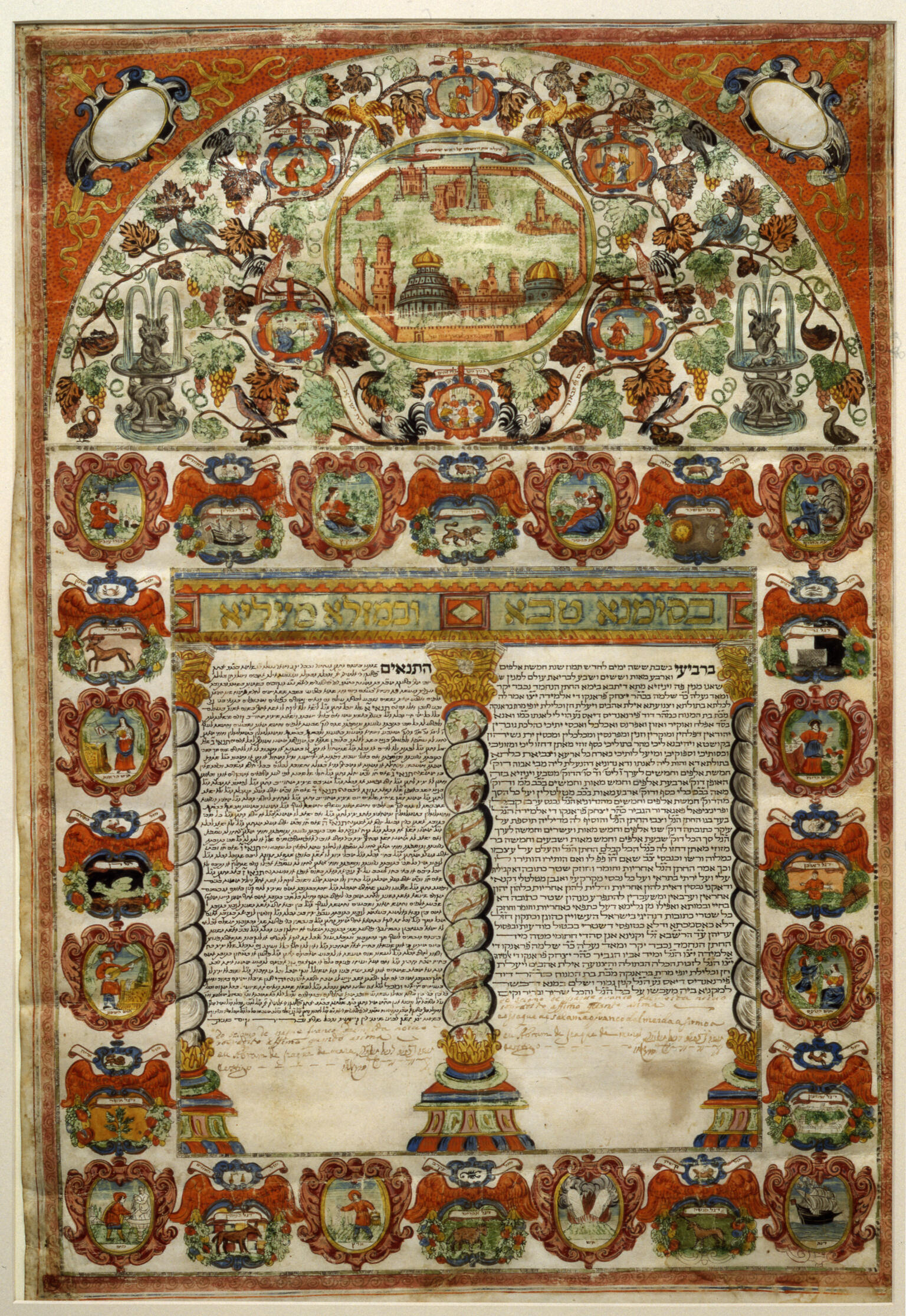
Engage with this Source
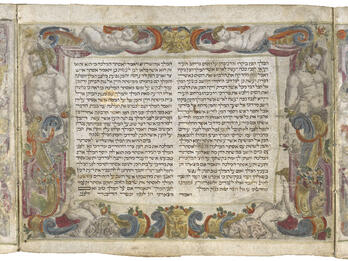
Related Guide
Early Modern Italy: Where East and West Meet
1500–1750
Ashkenazim, Sephardim, and Marranos encountered each other in Italian cities, developing community structures that later influenced Jewish communal organization throughout the western world.
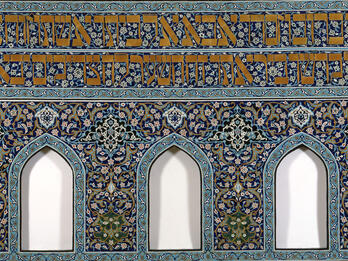
Related Guide
Early Modern Visual and Material Culture
1500–1750
Early modern Jewish visual culture flourished, with illuminated manuscripts, ornate synagogues, and portraiture alongside increasing non-Jewish interest in Jewish customs and greater Jewish self-representation.
You may also like
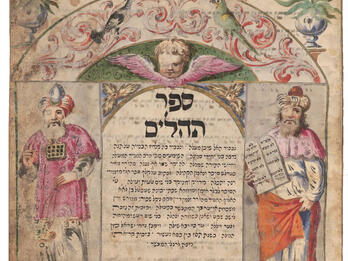
Klausen Book of Psalms
According to the colophon, the scribe in Prague who produced the Klausen Book of Psalms, Shabbetai Sheftel ben Zalman Auerbach (d. 1738), was descended from a family expelled from Vienna in 1669/70…
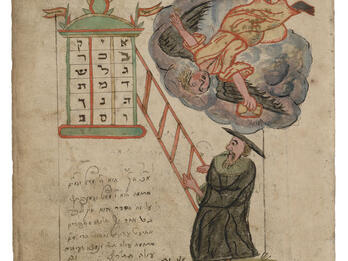
Calendar Manual
Sifre ‘evronot—manuals for calculating the Jewish calendar, including leap years and holidays—were a popular genre of Ashkenazic illustrated manuscripts in the seventeenth and eighteenth centuries…

Karaite Ketubah (Crimea)
While ketubot (marriage contracts) are usually written in Aramaic, Karaite ketubot are written in Hebrew. They are often pentagonal in shape, most often with a pointed bottom. This example has a…
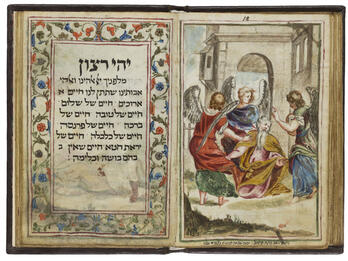
Harrison Miscellany
The Harrison Miscellany is an early eighteenth-century codex of sixty leaves featuring delicate gouache illustrations and Hebrew texts. Each illustration (likely executed by a Venetian, non-Jewish…

The Order of Grace after Meals
This page from a birkon (Grace after Meals) is an example of the work of Aaron Wolf Herlingen (Aaron Schreiber), a prominent eighteenth-century scribe and artist known for his illustrated Grace after…
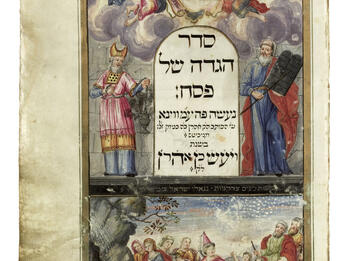
Haggadah (Vienna)
The frontispiece of this Haggadah shows the biblical Aaron on the left, carrying the Temple incense, and Moses on the right, holding the tablets of the Law. The scene at the bottom of the page shows a…

